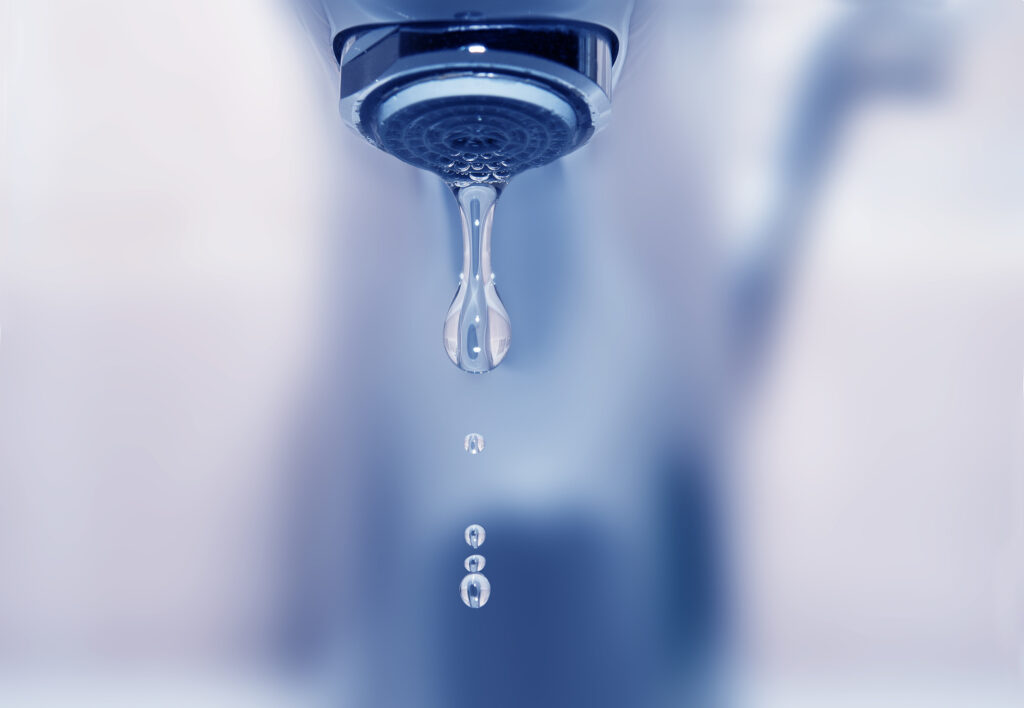How to Test Water Quality at Home: The Steps Explained
There are plenty of things that most people take for granted every single day. From climate-controlled living environments to electricity to clean drinking water that’s available anytime you want some.
In fact, most people probably don’t realize how important home water quality is to staying healthy. After all, most health experts agree that you need to drink plenty of clean each day along with a healthy diet.
That’s why it’s so important to understand how to test water quality at home. This article takes a look at ways to improve water quality so that you and your family can enjoy the freshest water possible. Keep reading to get the inside scoop.
Understanding Water Quality
First of all, you need to understand the difference between clean drinking water and water that’s contaminated. After all, contaminated drinking water can lead to a number of serious health issues.
There are a few things to consider, including where your water is sourced, its purity level, and the cleanliness of the pipes that transfer it from the source to your tap.
Your tap water can become contaminated and yet not appear any different than clean drinking water. The most important part of water testing is to identify the pH levels, as well as checking for any contaminants or pollutants. Keep in mind that testing should be performed on a regular basis in order to keep your family safe and healthy.
Get a Water Quality Report From the City
Your first option is to request a water quality report from the city where you live. This is called the CCR or Consumer Confidence Report. It’s issued by the EPA and includes details such as where your water comes from and exactly what’s in it, and is provided free of charge.
Use Your Senses
Believe it or not, your first line of defense against contaminants in your drinking water is your senses. That’s because the human sense of smell is often able to detect when something isn’t quite right.
Does your tap water smell like bleach or eggs? If so, this could be a sign of the presence of hydrogen sulfide gas in your water pipes, thus indicating sulfur bacteria contamination.
You might also notice a brown color in your water. This is likely a sign of rusted pipes.
Does your water have a metallic taste? This could be another sign that your pipes are rusted and need to be checked.
Get a Water Test Kit
You can also invest in a home water test kit. This is an affordable way to instantly check the quality of your tap water. Most home tests check for a variety of impurities as bacteria, nitrates, lead, pesticides, pH, and hardness.
The best strategy is to simply hire a local company to install a water softener.
Testing Your Water Turbidity
The term “turbidity” refers to the muddiness level of your tap water. It’s typically caused by dead particles in your water. In order to measure the turbidity of your water, you can invest in a Nephelometer from your local hardware store.
A Homeowner’s Guide to How to Test Water Quality at Home
Nothing is more important than keeping your family safe. Fortunately, this guide to how to test water quality at home is the perfect place to start.
Keep scrolling to discover more great home improvement tips and advice on this blog.
